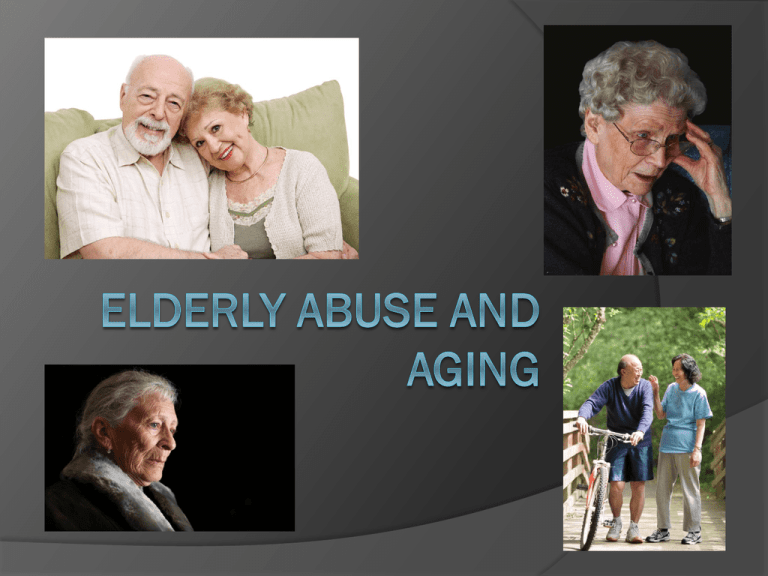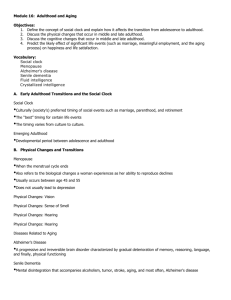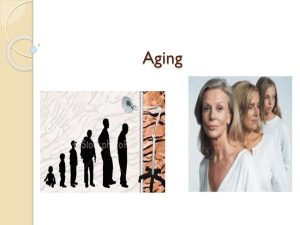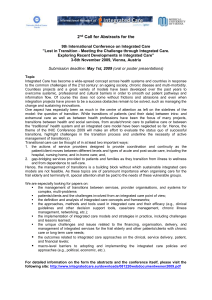Document 14140685
advertisement

Stages of Adulthood Young adulthood: Ages 19-40 Develop intimacy; close personal relationships Middle adulthood: Ages 40-65 Develop a sense of having contributed to society Late adulthood: Ages 65 – death 13.3% of population (2011) Goal is to feel satisfied with his/her life Tries to understand purpose of his/her life Young Adulthood Marriage?? Parenthood?? Middle Adulthood Health concerns (eyesight, hearing, bones, heart disease, diabetes (type 1 or type 2), cancer, etc.) Physical transitions (menopause) Mental transitions Emotional transitions Social transitions Late Adulthood Health concerns (eyesight, hearing, bones, heart disease, osteoporosis cancer, etc.) Physical transitions Mental transitions Emotional transitions Social transitions Financial Planning Gerontology Branch of science dealing with aging & problems of the aging population Gerontologists – people who study aging Geriatrics – branch of medicine that deals with the problems & diseases of old age/aging people Mental Aspects of Aging Dementia – the loss of mental functions such as thinking, memory, and reasoning that is severe enough to interfere with a person’s daily functioning Alzheimer’s disease – most common form of dementia (4.5 million Americans suffer) The main cause of death for the elderly is long term disorders Caring for the elderly Nursing home – usually for the elderly who need assistance Adult day care – similar to child day care Retirement communities – age minimum; smaller homes (one floor); for active, healthy adults In-home care – ramps; increased lighting; expanded door ways; lower cabinets Hospice – program that helps the dying patient and family members Elder Abuse The abuse or neglect of older family members Can occur both within the family and in institutional settings (nursing homes) Physical, emotional, sexual or financial abuse Types of Elderly Mistreatment Neglect – caregiver fails to provide care & services which threatens health Abuse – physical, emotional, or sexual Exploitation – misusing or stealing financial resources/funds Abandonment – desertion of an older adult by a caretaker Most of the mistreatment/elderly abuse occurs at home by family members Characteristics & Signs of Elderly Mistreatment Bruises, broken bones, abrasions Poor hygiene Malnourished/dehydrated Over/under medicated Anxious Timid Depressed Seldom seen/never seen Missing glasses, dentures, hearing aids, etc. Older Adult Protective Service Act Established in 1988 Provides protective services to those elderly people who seem to be in danger or harm 60 or older Must be lacking in responsibility, incapacitated, or at risk or danger




